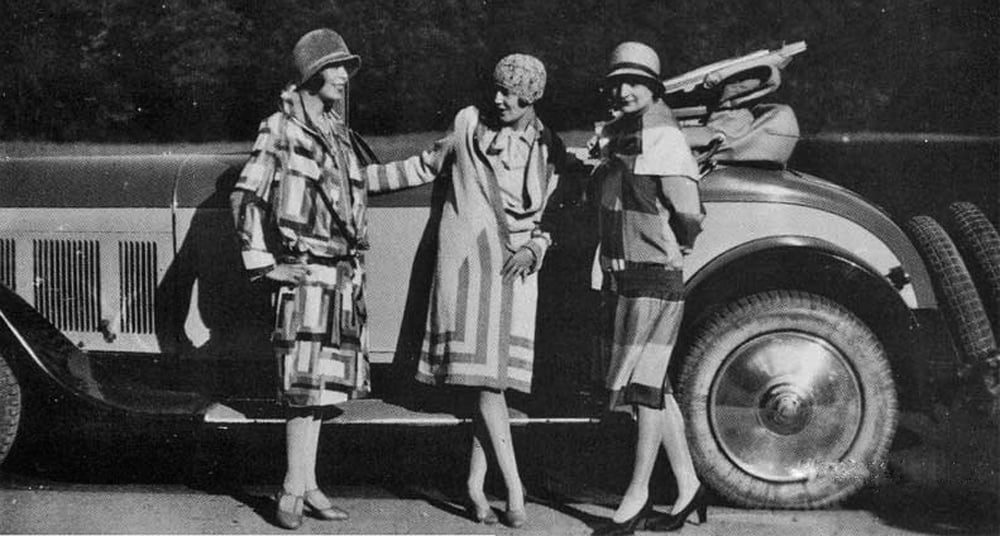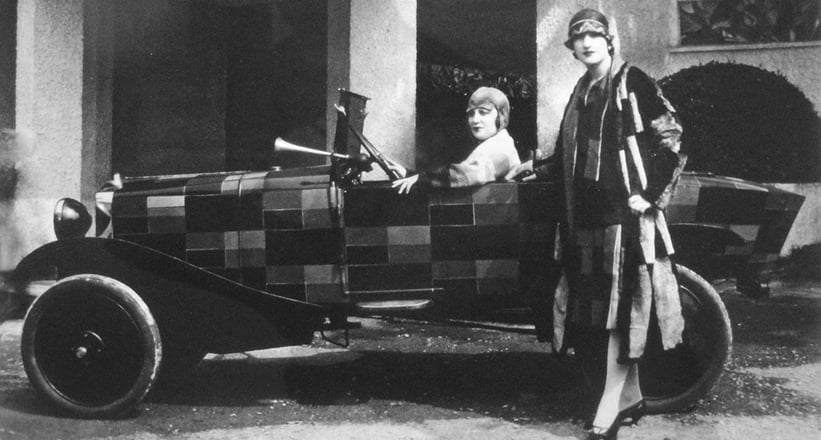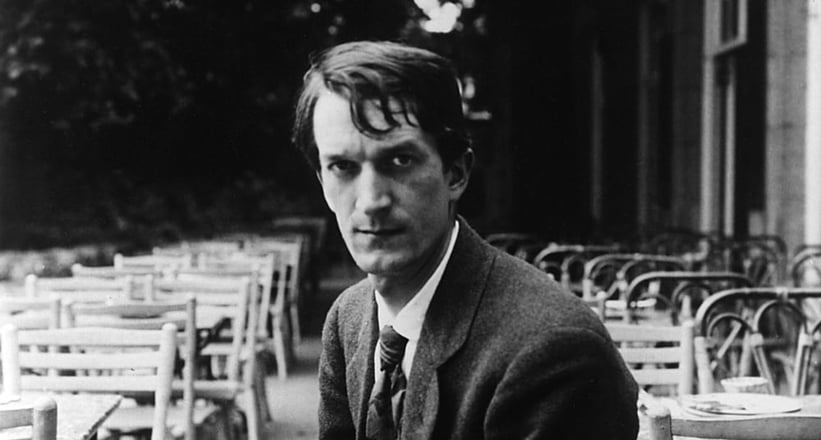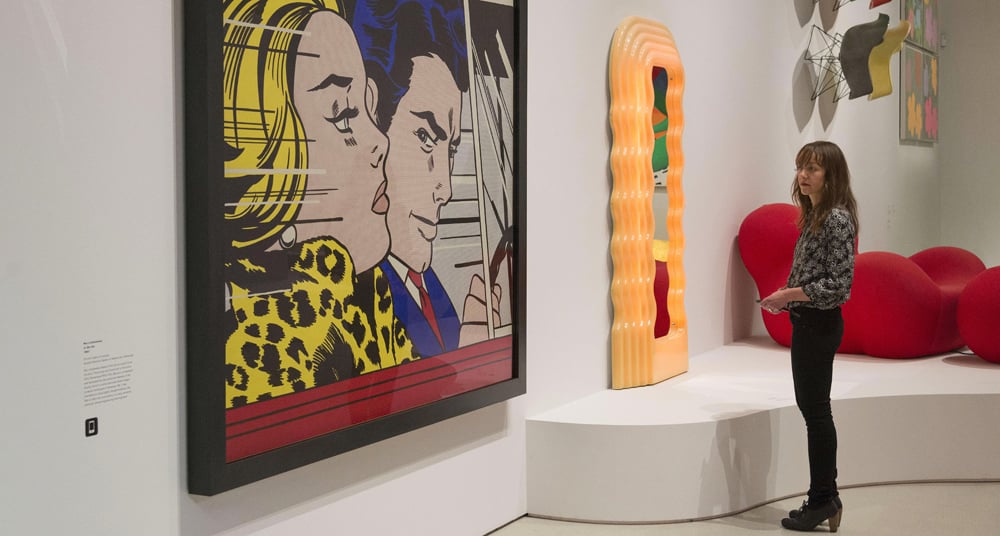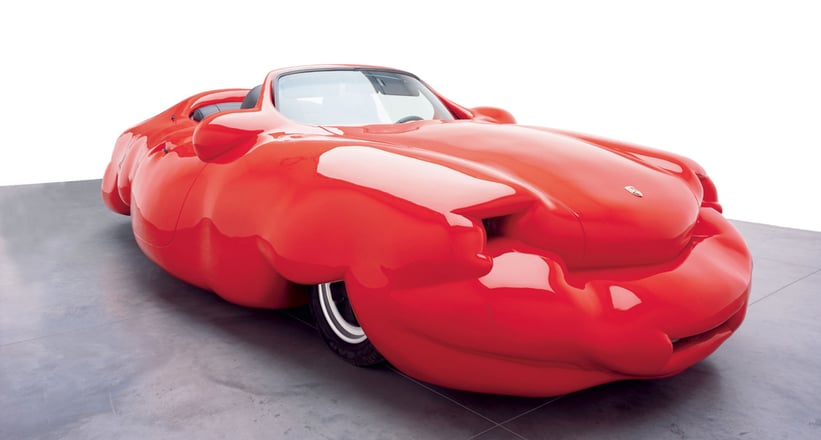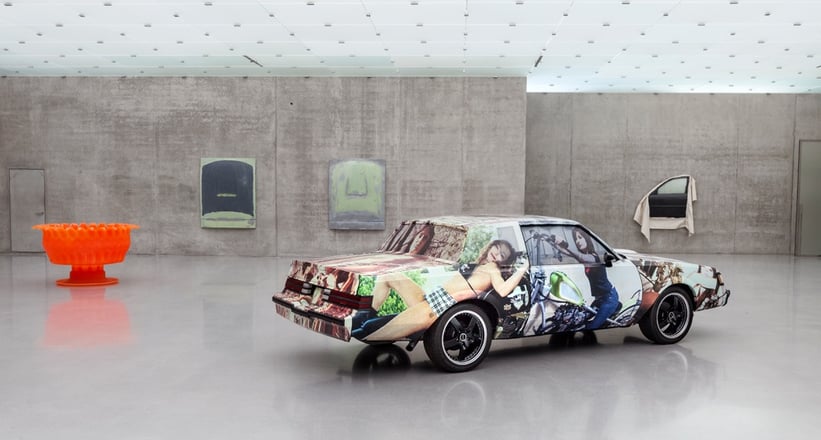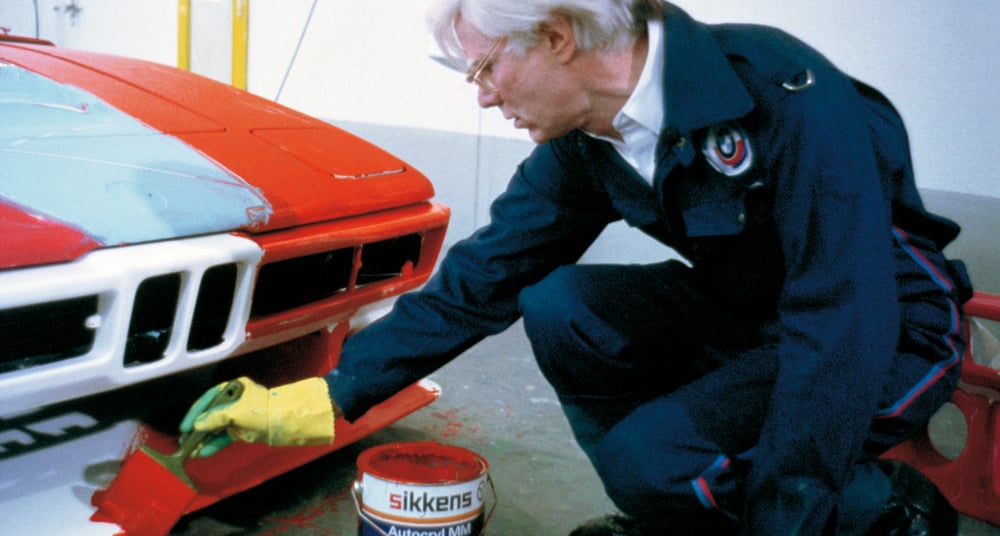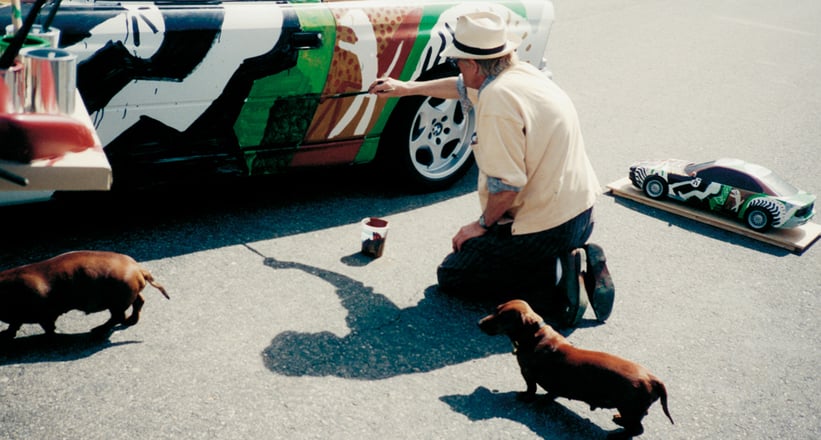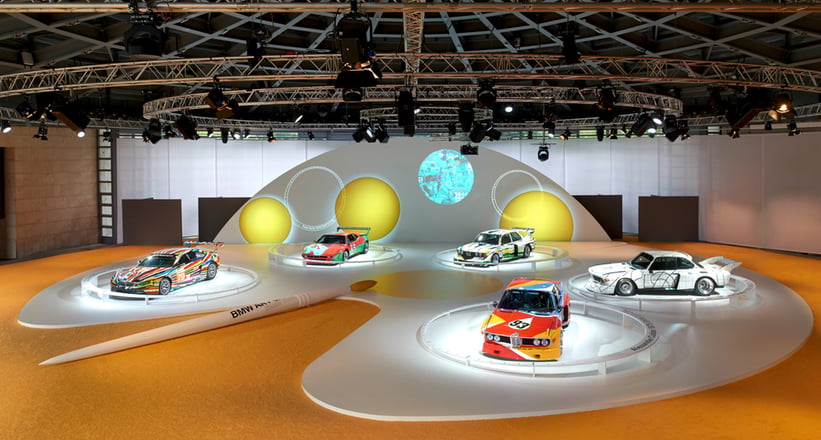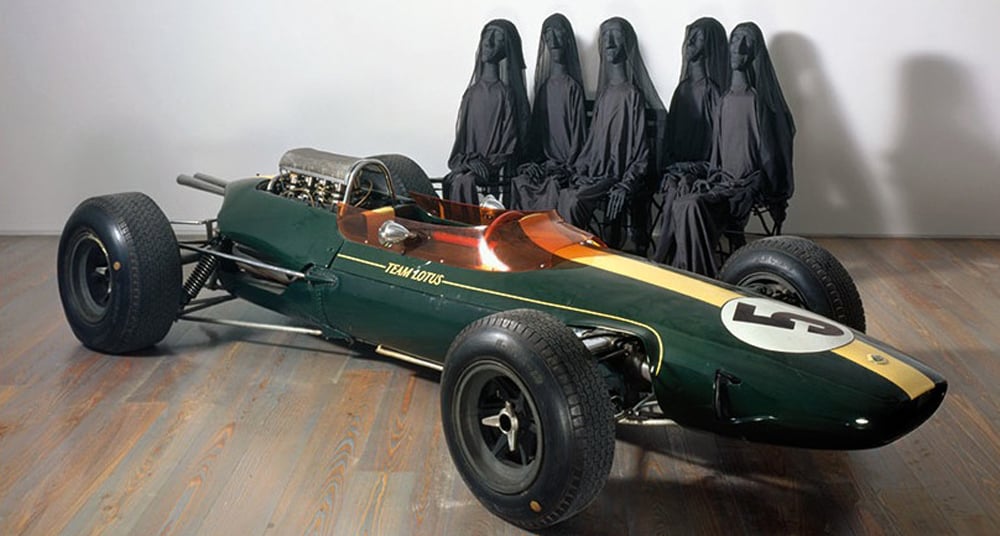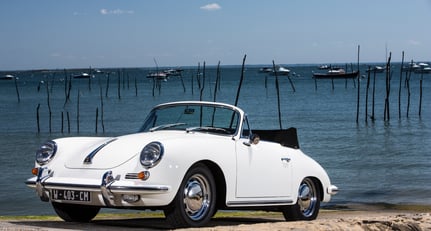Some bikes are built to go far—others to look flash. We’ll let you decide which category Ed Turner’s latest creation falls into.
It’s no coincidence that Ed Turner sounds like “head turner”: proprietor Karl Renoult’s design ethos is deliberately edgy. His client—a designer—shares the same philospohy.
“The man has taste, and is a thrill seeker,” explains the French builder, “so naturally we would get along!”
After just two phone calls, the brief was defined and the project booked in. The idea was simple: a big engine, crammed into a radical package. With four cylinders, sixteen valves and a hundred horses on tap, a 1980-model Suzuki GSX1100 was picked as the donor.
Karl knew that the best way to highlight the the Zook’s monstrous power plant, was to minimize everything around it—so the build kicked off with an intensive tear down. In the end, all that remained was the engine block and a couple of steel tubes.
The original plan was to modify just the rear loop, but Karl now found himself building a whole new frame. In it, he wedged a small, fiberglass fuel tank. It only holds six liters—but Karl reckons that’s more than enough for a few quarter mile runs.
The tank’s lines were carried through to an equally petite, custom-made tail unit. The seat’s leather work was handled by a friend: Fabrice at ASD.
Up front, Karl installed a set of upside-down forks taken from a Buell. They’re mounted via custom triple clamps—complete with a US flag cut-out. Karl wanted a monoshock setup at the rear, so he made up a new swingarm and fitted a Hyperpro unit.
Matching the GSX’s new, drag-inspired attitude are a row of velocity stacks, and a low-and-loud four-into-two exhaust system. Karl also fitted rear set controls to the bike, and cut up a set of Renthal bars to make new clip-ons.
The Buell also donated its 17″ wheels, now wrapped in Maxxis Goldspeed rubber. Thanks to some one-off parts, the rear wheel’s been converted from belt to chain drive.
Matching the GSX’s new, drag-inspired attitude are a row of velocity stacks, and a low-and-loud four-into-two exhaust system. Karl also fitted rear set controls to the bike, and cut up a set of Renthal bars to make new clip-ons.
The headlight’s from a Ford Mustang, mounted on hand-made, leather brackets. As for the tail light: “It was provided by prison administration,” says Karl. “These lights are located above each cell door, for inmates to call ‘room service’.”
For paint, Karl had his heart set on “Mooneyes yellow” for the engine block—but wasn’t sure how he’d match it elsewhere.
Since he and his client share a love for old-school American skate culture, Karl threw the paint swatches out the window. Instead, he covered the tank with a collage of skate stickers—sealed in with multiple layers of clear coat. He then took it further: certain parts throughout the bike have been modified with additional logos.
It’s the ideal livery for this off-the-wall custom. All that’s missing is a skateboard rack.
Ed Turner | Facebook | Instagram | Images by by Pierre Le Targat



